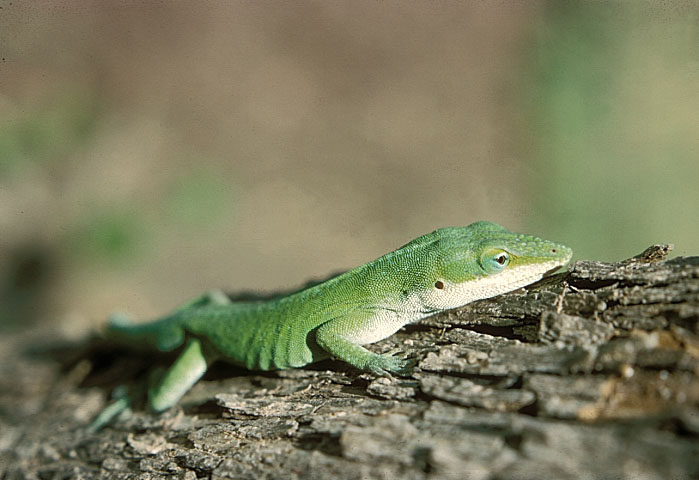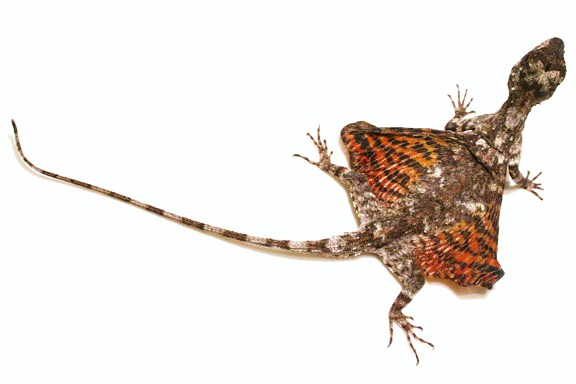So I saw War Horse today. It was amazingly moving, enough so that I spent 80 bucks on a book on the history of Handspring. Those are some awesome horse puppets, and the story is great, too. Go see it, even if you don't normally like theater.
However, it was still winter in Chicago. That means that outside is freaking cold. Quick, I need a desert animal to warm up!
Oho...it's about time we got to this one. Uromastyx lizards are agamids native to northern Africa into the Middle East and India. There are approximately 13 species in the genus. They are wholly herbivorous. Males are larger than brighter than females, FYI. The largest Uromastyx, the Egyptian (U. aegyptia) is almost a yard long.
For those of you curious about the name, "uromastyx" literally means "whiptail" or "scourgetail." No, these guys are not as lesbian as the other whiptails. They are named for the torture weapon of a tail common to all Uromastyx species. I think "mace-tail" or "rape-tail "would have suited it better than "whiptail," but to each horny scientist his own. If you don't get that joke...don't think about it too much. Just go with "scourgetail." That sounds like the name of a badass video game boss and you know it. Say it with me: Scourgetail.
That spiky tail is nothing more or less than a weapon. A threatened Uromastyx will turn towards the enemy with that tail, puffing and hissing open-mouthed all the while. They also sleep with that spiked tail facing out, just in case. Scourgetail indeed.
Uromastyx lizards, or mastigures, have a few more tricks besides that tail. Most of their time is spent underground, making them hard to find. They change color, darkening themselves while basking. Also, these are desert lizards; that means they get most of the water from the food they eat.
Mastigures are uncommon in the exotic pet trade. Although they have been difficult to keep in the past, people's knowledge has improved. The Mali Uromastyx is the best captive scourgetail. They are now common enough that most exotics shops (i.e. reptile stores that aren't Petco) will know what you're talking about. Though accessible, they do have some advanced care requirements; please, be smart and do your research if you think they're neat.
However, it was still winter in Chicago. That means that outside is freaking cold. Quick, I need a desert animal to warm up!
Oho...it's about time we got to this one. Uromastyx lizards are agamids native to northern Africa into the Middle East and India. There are approximately 13 species in the genus. They are wholly herbivorous. Males are larger than brighter than females, FYI. The largest Uromastyx, the Egyptian (U. aegyptia) is almost a yard long.
For those of you curious about the name, "uromastyx" literally means "whiptail" or "scourgetail." No, these guys are not as lesbian as the other whiptails. They are named for the torture weapon of a tail common to all Uromastyx species. I think "mace-tail" or "rape-tail "would have suited it better than "whiptail," but to each horny scientist his own. If you don't get that joke...don't think about it too much. Just go with "scourgetail." That sounds like the name of a badass video game boss and you know it. Say it with me: Scourgetail.
That spiky tail is nothing more or less than a weapon. A threatened Uromastyx will turn towards the enemy with that tail, puffing and hissing open-mouthed all the while. They also sleep with that spiked tail facing out, just in case. Scourgetail indeed.
Uromastyx lizards, or mastigures, have a few more tricks besides that tail. Most of their time is spent underground, making them hard to find. They change color, darkening themselves while basking. Also, these are desert lizards; that means they get most of the water from the food they eat.
Mastigures are uncommon in the exotic pet trade. Although they have been difficult to keep in the past, people's knowledge has improved. The Mali Uromastyx is the best captive scourgetail. They are now common enough that most exotics shops (i.e. reptile stores that aren't Petco) will know what you're talking about. Though accessible, they do have some advanced care requirements; please, be smart and do your research if you think they're neat.














